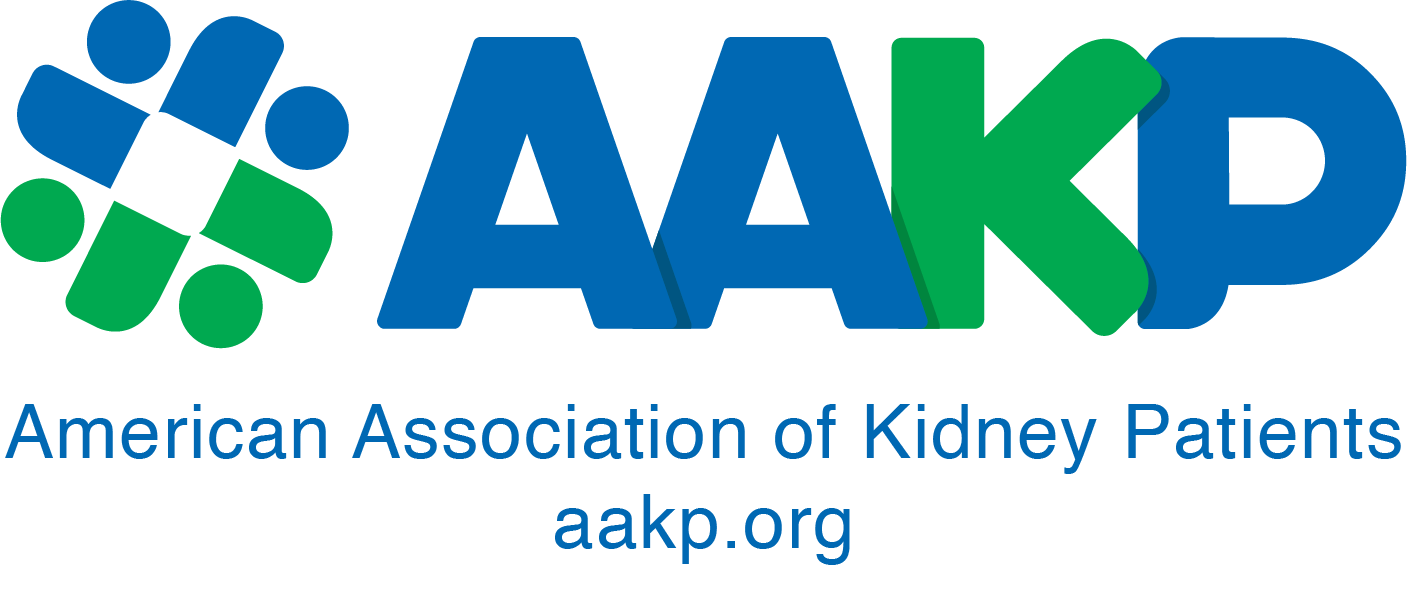October 15, 2020
| The Honorable Frank Pallone Chair, Energy and Commerce Comm. 2125 Rayburn House Office Building Washington, DC 20515 | The Honorable Greg Walden Ranking Member, Energy and Commerce Comm. 2322-A Rayburn House Office Building Washington, DC 20515 |
| The Honorable Anna Eshoo Chair, Energy and Commerce Health Subc. 2125 Rayburn House Office Building Washington, DC 20515 | Rep. Mike Burgess Ranking Member, E & C Health Subc. 2322-A Rayburn House Office Building Washington, DC 20515 |
| The Honorable Diana DeGette Chair, Energy and Commerce O&I Subc. 2125 Rayburn House Office Building Washington, DC 20515 | The Honorable Brett Guthrie Ranking Member, E & C O&I Subc. 2322-A Rayburn House Office Building Washington, DC 20515 |
Dear Chairman Pallone, Ranking Member Walden, Health Subcommittee Chair Eshoo, Health Ranking Member Burgess, O&I Chair DeGette and O&I Ranking Member Guthrie:
The undersigned organizations commend the bipartisan Energy and Commerce (E&C) August 11, 2020 letter to HHS Secretary Azar requesting an updated briefing on the U.S. substance use disorder (SUD) crisis and additional steps needed by the federal government to address it. While we recognize the focused efforts that have been required at all levels of government in recent months to combat the unprecedented COVID-19 pandemic, we appreciate your acknowledgement that COVID-19 is already exacerbating a much more hidden – but equally serious public health crisis affecting 50 million Americans– that of chronic pain.
As such, we respectfully encourage you to consider how the public health epidemic of chronic pain is interrelated with a documented increase in substance use disorder (SUD) overdoses and deaths.
While our collective attention has been focused for the last 6 months on the health and economic ravages of COVID-19, individuals with chronic and acute pain have been forced, in many cases, to defer or forgo needed health care altogether. This, in turn, has resulted in a wide range of other health care problems, including in the case of individuals with a dual diagnosis of chronic pain and SUD, the abuse of illicit drugs to deal with pain-related issues. Even as the economy slowly re-opens, the barriers and lack of access to care for pain patients that existed pre-COVID are still in place but are made even more insurmountable now.
There is no one silver bullet that can solve chronic pain nor SUD, but there are practical steps that Congress can take to build on prior efforts to address these long-standing problems.
As a result of the Energy and Commerce Committee’s excellent work on the Comprehensive Addiction and Recovery Act, in May of 2019, HHS issued the final report of the 29 member body of the Pain Management Best Practices Inter-Agency Task Force (Task Force): https://www.hhs.gov/sites/default/files/pmtf-final-report-2019-05-23.pdf
The report includes detailed recommendations to improve pain treatment, many of which could be addressed by HHS, but have not been implemented to date.
One of the overriding key issues noted throughout the report is the need for individualized, multi-modal pain treatment, as well as coverage of a plethora of non-pharmacological treatments including complementary and integrative health practices such as massage therapy, restorative therapies such as therapeutic exercise, innovative medical devices such as neuromodulation and behavioral health approaches such as cognitive behavioral therapy. In support of the report, the American Society for Pain Management Nursing said, “To best achieve maximum pain management with minimum potential adverse effects of opioid use, a multidisciplinary, multimodal approach should be used”.
The report has been widely hailed and endorsed by over 160 national healthcare organizations and its recommendations have the dual benefits of enhancing pain treatment while mitigating the potential for substance abuse. Notably, the American Medical Association said “It will not only improve pain care for America’s patients, but also help end the nation’s opioid epidemic” and called the report a “roadmap for future policy.”
On August 31, 2020, the U.S. Pain Foundation released a comprehensive report on a 57-question survey of pain patients to better understand the real-life barriers patients face in accessing pain care. (https://uspainawarenessmonth.com/wp-content/uploads/2020/09/Barriers-to-care-survey-report.pdf) The results were strikingly clear: our healthcare system from insurance policies to clinician recommendations do not support the multidisciplinary, comprehensive approach that clinical experts agree is best practice in pain management. Although patients want and need a diverse range of treatment options, they often confront numerous obstacles in accessing such pain care.
To continue the progress begun with passage of the CARA, CURES and SUPPORT Acts, and to ensure that we do not continue to lose ground on the substance use, overdose and chronic pain crises while waging war on COVID, we respectfully urge the E&C Committee to:
- Convene hearing(s) on the recommendations of the HHS Pain Management Best Practices Inter- Agency Task Force.
- Take steps to transform pain treatment by ensuring that HHS implements the Task Force recommendations within its purview, and drafting legislation where needed to implement Task Force recommendations.
- Require HHS and relevant agencies to update federal policies and educational materials to include multidisciplinary pain management and the Task Force’s Pain Management Toolkit as best practices to treat acute and chronic pain.
- Direct HHS to conduct a public awareness and educational campaign to inform Americans about the differences between acute and chronic pain and the wide range of evidence-based non-opioid treatment options included in the Task Force report such as massage therapy, therapeutic exercise, innovative medical devices and behavioral therapy.
- Direct HHS to widely disseminate the Task Force report and key findings to state public health departments, licensing boards and medical societies throughout the country.
- Commission a GAO report to assess CMS coverage of non-opioid therapies and compliance with pain management best practices.
- Require CDC in collaboration with NIH to collect, analyze, and publish acute and chronic pain epidemiology on an annual basis so we have an accurate understanding of the enormity of the problem and whether interventions pursued are making progress in reducing the problem.
Our organizations and provider groups recognize that the millions of Americans currently living with chronic pain, as a result of a myriad of diseases, conditions and serious injuries are a vulnerable population of individuals whose health is even more precarious now due to increased isolation and deferred treatment during the COVID-19 pandemic. The Task Force report recommendations, along with the other recommendations we have outlined above, if implemented, would represent enormous progress toward effectively managing the complex and costly consequences of pain, including its impact on the opioid crisis. A long-term solution to the nation’s substance use disorder crisis will not be achieved without improving access to a broad range of evidence-based, non-opioid therapies for acute and chronic pain.
Congress, led by the E & C Committee wisely mandated the Task Force and called for its recommendations; we collectively urge that Congress now prioritize reviewing and implementing these forward-thinking, proactive recommendations. If you have questions or require additional information to assist the Committee’s efforts in any way, please contact Cindy Steinberg, National Director of Policy and Advocacy for the U.S. Pain Foundation by email (cindy@uspainfoundation.org) or phone (781-652- 0146).
Respectfully submitted,
AdvaMed
Alliance to Advance Comprehensive Integrative Pain Management
Alliance for Aging Research Alliance for Balanced Pain Management
The American Academy of Physical Medicine & Rehabilitation
American Association of Kidney Patients
American Chronic Pain Association
American Massage Therapy Association
American Massage Therapy Association, CA Chapter
American Massage Therapy Association, CO Chapter
American Massage Therapy Association, KY Chapter
American Massage Therapy Association, NJ Chapter
American Massage Therapy Association, OR Chapter
American Massage Therapy Association, TX Chapter
American Organization for Nursing Leadership
American Pharmacists Association
American Porphyria Foundation
American Society for Pain Management Nursing
Association of Migraine Disorders
Center for Medicine in the Public Interest CHAMP (Coalition for Headache and Migraine Patients)
Chronic Pain Research Alliance
Clusterbusters
The Daily Headache
Danielle Byron Henry Migraine Foundation
Dermatology Nurses’ Association
For Grace: Women in Pain
Headache and Migraine Policy Forum
HealthyWomen
Integrative Health Policy Consortium
Interstitial Cystitis Association
Lupus and Allied Diseases Association
The Marfan Foundation
Massachusetts Pain Initiative
Medical Device Manufacturers Association (MDMA)
Miles for Migraine
National Association of Clinical Nurse Specialists
National Association of Pediatric Nurse Practitioners
National League for Nursing
National Nurse-Led Care Consortium
National Patient Advocate Foundation
The Pain Community
Project Lazarus
Protecting Access to Pain Relief (PAPR) Coalition
RSDSA (Reflex Sympathetic Dystrophy Syndrome Association)
Shatterproof
Society for Pediatric Pain Management
Spina Bifida Association
U.S. Pain Foundation
CC: E & C Committee Members
























